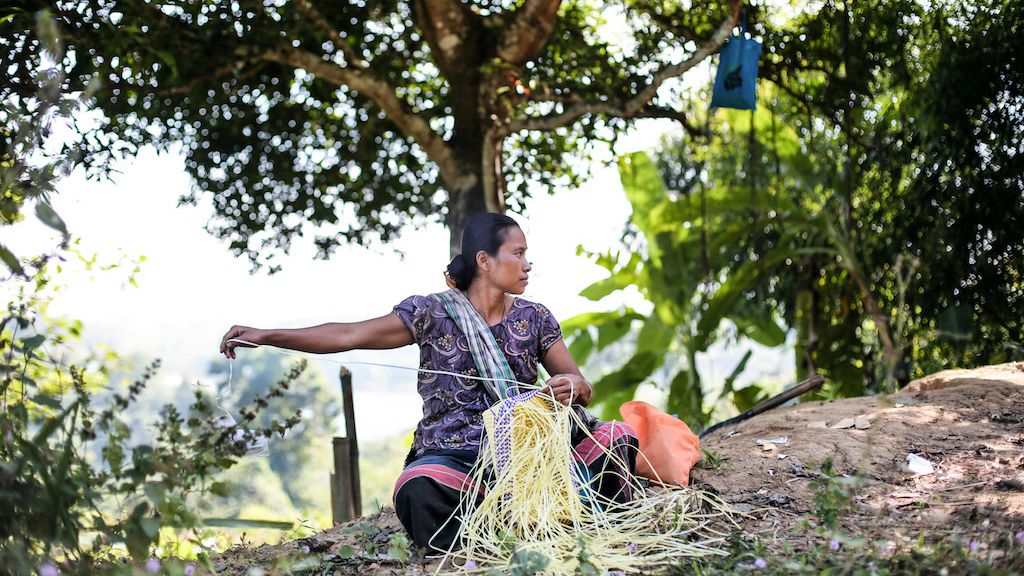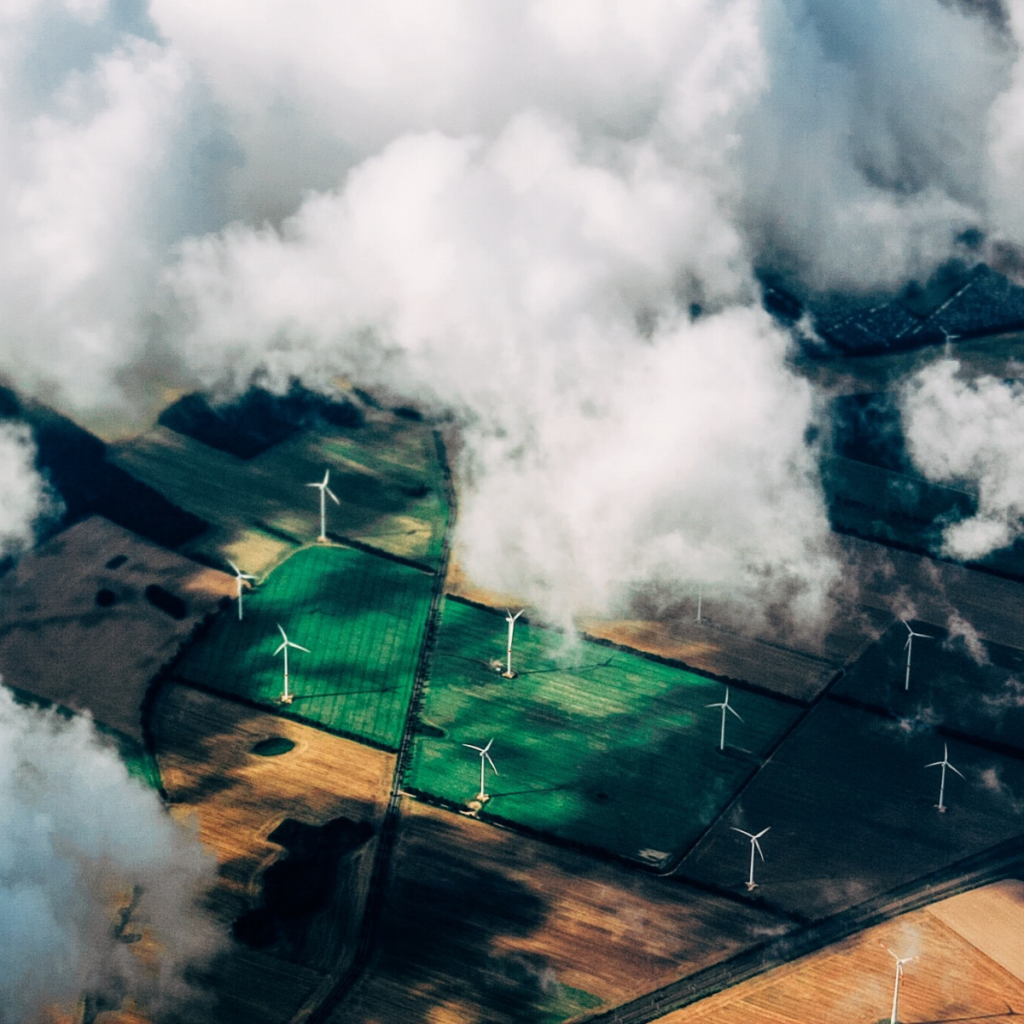The core of impact investing is the intent to invest in businesses that generate positive social and environmental benefits alongside financial returns. This makes impact investing inherently subjective, as each individual investor has their own idea of what is socially good and which sectors can create the most impact on society.
There is no right or wrong way of approaching impact investing―it is simply a matter of identifying your priorities and preferences and determining the social impact you want to achieve. Indeed, there are many ways to invest in change, and the strategies included here are only a few of the examples of what impact investing looks like all over the world.
While impact investing in Southeast Asia is still in its development phase when compared to the global impact investing market, it has been on an upward growth trajectory since 2014. Its growth shows signs of promise: between 2017 and 2019, a total of US$6.7bn of impact capital was invested in the region, already more than half of what was invested in the previous decade. More than 58% of this impact capital is deployed in just three countries: Indonesia, the Philippines, and Vietnam.
Now, let us look at the different areas that can be supported by impact capital.

Climate Investing
Addressing the global challenges of climate change requires substantial capital. Climate investing mobilises capital to support technologies, innovations, and other solutions that address and mitigate climate change. Climate investing supports the transition to low-carbon operations or a net zero economy, helps prevent future carbon emissions, and contributes to carbon sequestration.
As with most impact investments, climate investments have clear and measurable goals. One goal can be the significant reduction of carbon emissions through clean energy sources or energy-efficient operations. Another can be the considerable preservation and restoration of certain natural habitats or ecosystems.
In climate investing alone, there are many areas where impact capital can flow. One is providing access to clean energy. Despite the rise in popularity of clean energy sources, however, reliable access to clean energy still eludes communities living in poverty.
Another area is sustainable forestry, which can help protect critical ecosystems, prevent deforestation, capture carbon, as well as create sustainable livelihood for local communities. Lastly, climate investing also directs capital towards climate-resilient infrastructure and sustainable urbanisation.

Community Investing
Community investing is another fast-growing area of impact investing. While its facets differ per country, community investing primarily aims to support economically challenged communities. As such, it uses investments to create resources and opportunities for disadvantaged communities often underserved by traditional financial institutions.
Globally, community investing has provided affordable housing, livelihood opportunities, education, healthcare, financial assistance, childcare, and other essential community services. In the Philippines, community investing may also involve cooperatives, community-based organisations, and even for-profit social enterprises that provide social services to marginalised communities.
Cooperatives, whose membership structures already comprise of individuals and households from disadvantaged communities, primarily serve the poor and have a huge potential for social impact. As of December 2018, there were 28,784 registered cooperatives in the Philippines, according to data from the Cooperative Development Authority (CDA).
Social enterprises, on the other hand, can also be very intentional with the social impact they want to achieve and the communities they want to serve. According to the latest estimates, there may be as many as 164,400 social enterprises in the Philippines. Locally, they have been helping communities gain support for agriculture, education, financial services, energy, and livelihood development.

Gender Lens Investing
Another investment approach gaining interest among impact investors is gender lens investing (GLI). Here, they assess and manage investments with the intent to address gender issues and promote gender parity. More specifically, GLI supports investments that seek to create a positive impact on the lives of women and girls.
One of its more obvious examples is investing in and supporting women-owned or women-led enterprises. Another is investing in enterprises that offer products and services that significantly improve the lives of women and girls. Applying a gender lens also drives investments in enterprises that promote workplace equity, either in their staffing requirements, management, boardroom representation, or within their supply chains.
Gender lens investing has gained some traction in the Philippines and across Southeast Asia. In fact, over the past three years, impact capital deployed with a gender lens has increased significantly in Southeast Asia. In the Philippines, most of these investments support enterprises that provide critical financial services to women, such as microfinancing to support entrepreneurship and other livelihood activities.
No matter the investment approach, we at Arowana Impact Capital remain committed to growing enterprises whose principles and practices align with our vision of sustainable development to advance social and environmental good. 
This is the fifth article in our series on impact investing. In the next instalment, we will explore different organisational qualities that support impact investing.
References
1. Global Impact Investing Network, Intellecap. August 2018. The Landscape for Impact Investing in Southeast Asia. Retrieved from: https://thegiin.org/assets/Philippines_GIIN_SEAL_report_webfile.pdf
2. Prasad, M., Gokhale, A., Agarwal, N. December 2020. The Advance of Impact Investing in South East Asia: 2020 Update. Retrieved from: https://investinginwomen.asia/wp-content/uploads/2021/03/20201028-IW_SEA-Deal-Database-Update.pdf
3. Trelstad, Brian. January 28, 2016. “Making Sense of the Many Kinds of Impact Investing,†Harvard Business Review. Retrieved from: https://hbr.org/2016/01/making-sense-of-the-many-kinds-of-impact-investing
4. Global Impact Investing Network. Undated. Climate Investing Track
5. The Forum for Sustainable and Responsible Development. Undated. Sustainable Investing Basics. Retrieved from: https://www.ussif.org/sribasics

